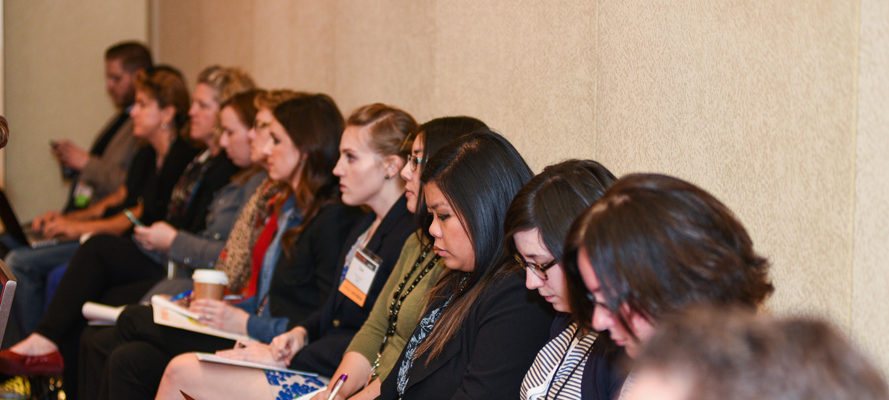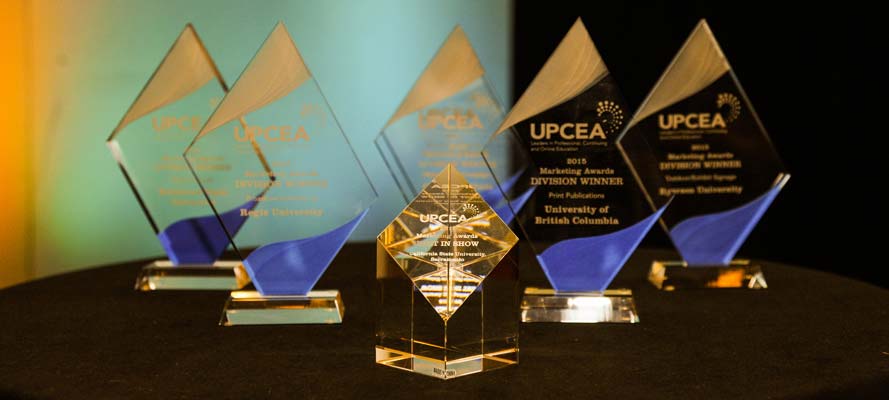Innovation and Creation in Ever-Advancing Artificial Intelligence (The European Business Review)
Read Ray Schroeder’s perspective on what artificial intelligence means for the future.
We understand that artificial intelligence (AI) resulted in the loss of many blue-collar jobs as smart robots took over the manufacturing process. However, we now know that this generation of AI will have even greater impact in truly creative fields, including art and original authorship. The impact is far-reaching and revolutionary.
Decades ago, it was broadly predicted that digital machines would sweep the workforce world, leaving precious few, mostly white-collar-worker, positions. The professionals, managers, and executives would continue to work in their higher-paid, benefits-laden positions; the rest of the workforce would be replaced by AI. At first, in large part, the advent of AI did impact the non-professional positions at a higher rate than the skilled professions. Economist and public policy analyst Professor Harry J. Holzer of Georgetown University writes, “Indeed, digital automation since the 1980s has added to labour market inequality, as many production and clerical workers saw their jobs disappear or their wages decline. New jobs have been created – including some that pay well for highly educated analytical workers. Others pay much lower wages, such as those in the personal services sector.”3
In the intervening years, the AI field has been refined and more development has been made in applications such as unsupervised machine learning, natural language processing (NLP), natural language generation (NLG), reinforcement learning, and neural network learning. These tend to emphasise assisting human professionals, so that they can perform at higher levels, accomplishing results that previously were not possible, rather than taking on the work of an entire class of co-workers. Read the full article here.


